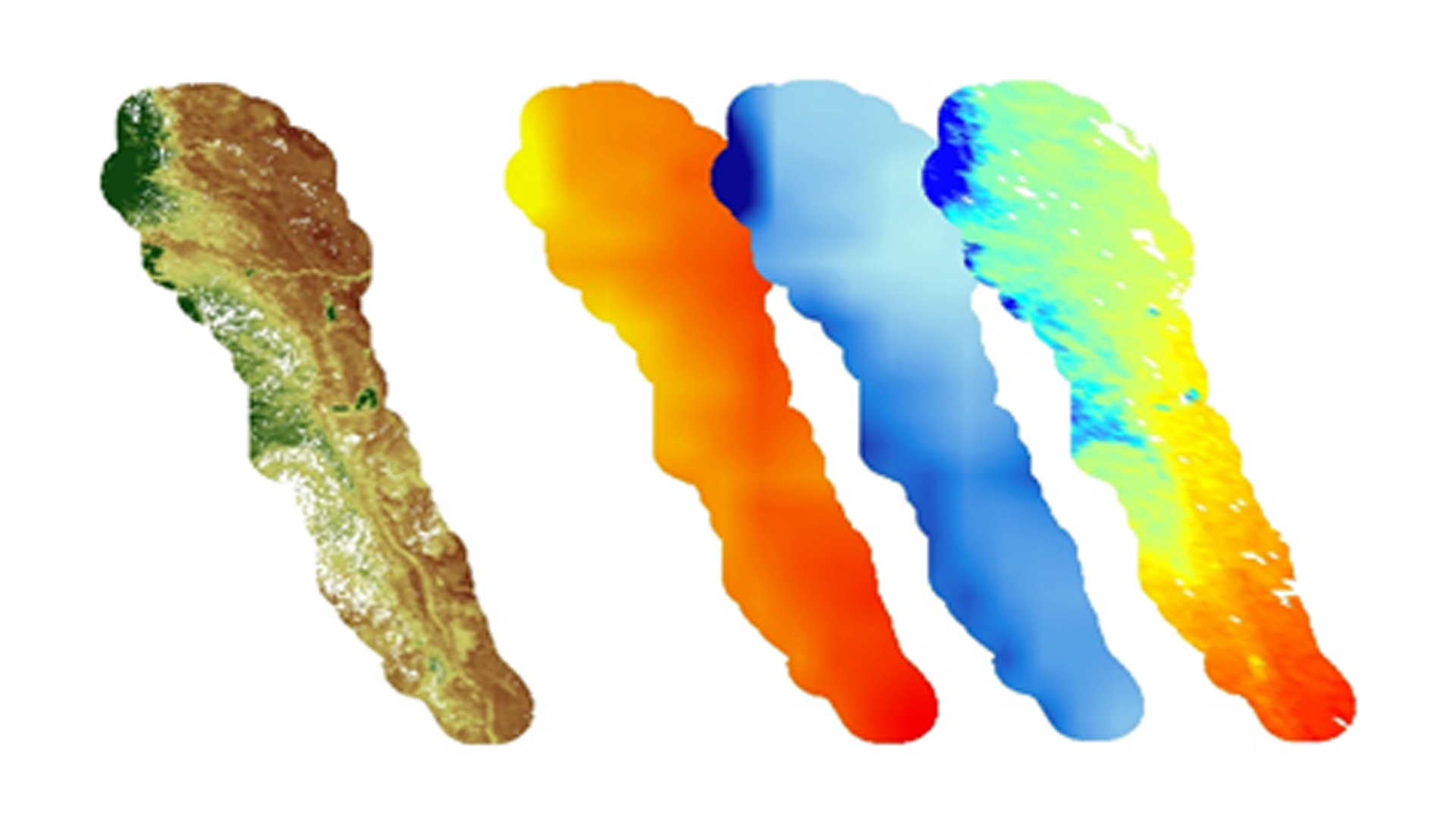Western United States Water Resources

Utilizing NASA Earth Observations to Analyze Vegetation Productivity Shifts Relative to Climate Change and Drought in Capital Reef National Park
A changing climate has been an issue of growing concern over recent decades. Drought frequency has increased and water availability has become limited, especially in the western United States. With semi-arid regions typically becoming warmer and dryer, knowledge on how to identify shifts in vegetation productivity, which are early warning signs of changes in ecosystem stability, are of great interest to national park land managers. Guided by project partners from the National Park Service (NPS) and the United States Geological Survey (USGS), this project utilized a climate pivot point framework to assess the capacity of vegetation in Utah's Capital Reef National Park to resist drought when water is scarce. Multiple climatic variables including precipitation, temperature, evapotranspiration, and water deficit were analyzed against the normalized difference vegetation index (NDVI) across a 15 year time span from 2000 to 2015. This project will benefit our partners by providing information about which vegetation types are the most vulnerable to climate change and drought. The framework of this analysis can be replicated for other national parks and can be used by land managers to make critical decisions.
- Location
- NASA Langley Research Center
- Term
- Summer 2016
- Partner(s)
- National Park Service, Inventory & Monitoring Program
USGS Southwest Biological Science Center - NASA Earth Observations
- Terra, MODIS
- Team
- Kelly Meehan (Project Lead)
Molly Spater
Teresa Fenn
Thomas Smith
Kaylie Taliaferro
Grant Jaccoud - Advisor(s)
- Dr. Kenton Ross (NASA DEVELOP National Program)
Project Video